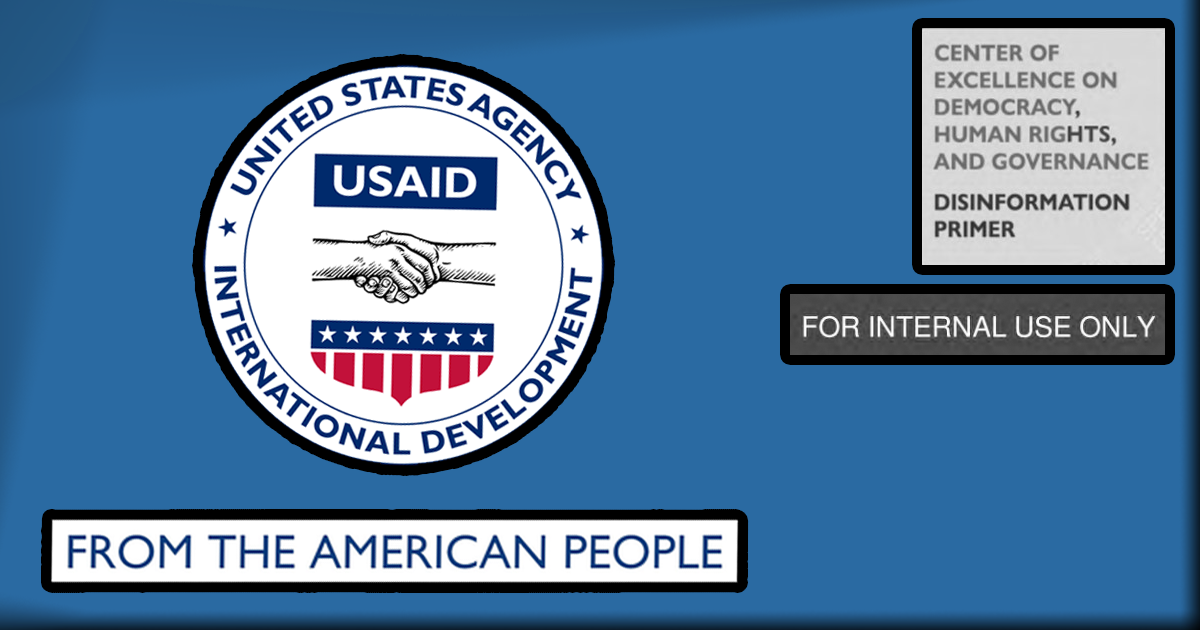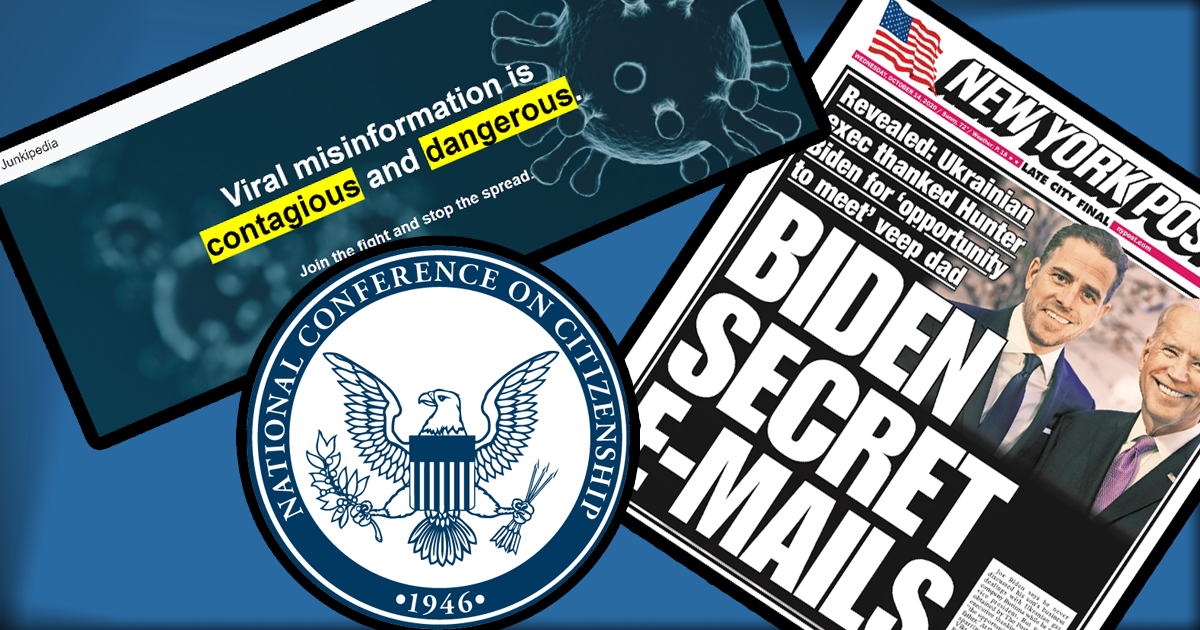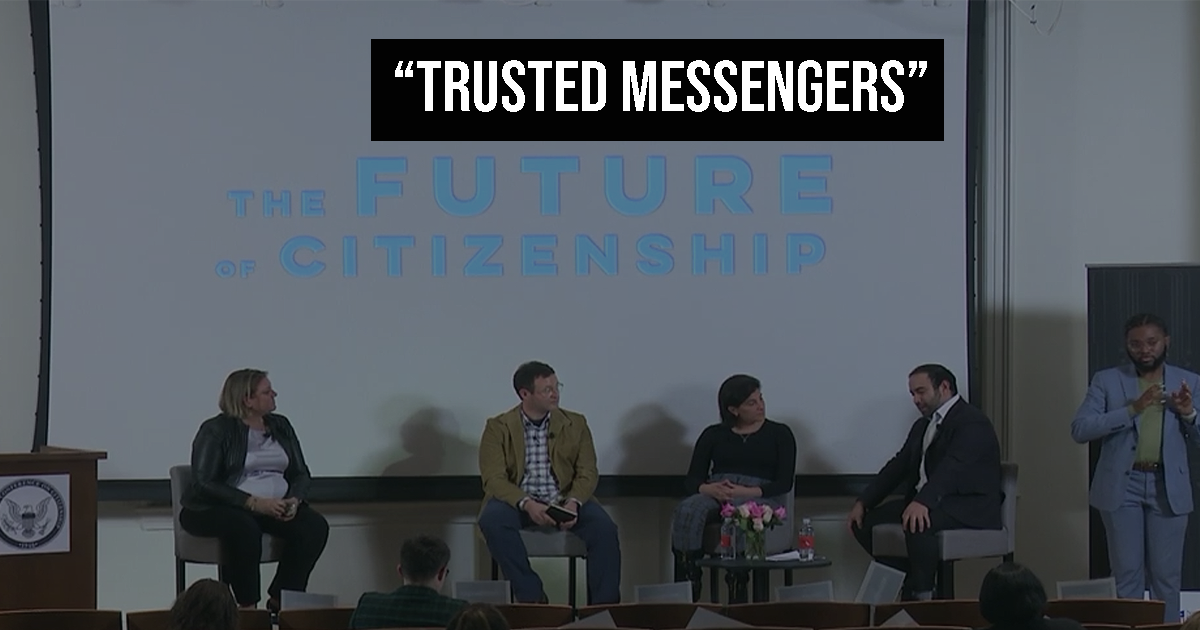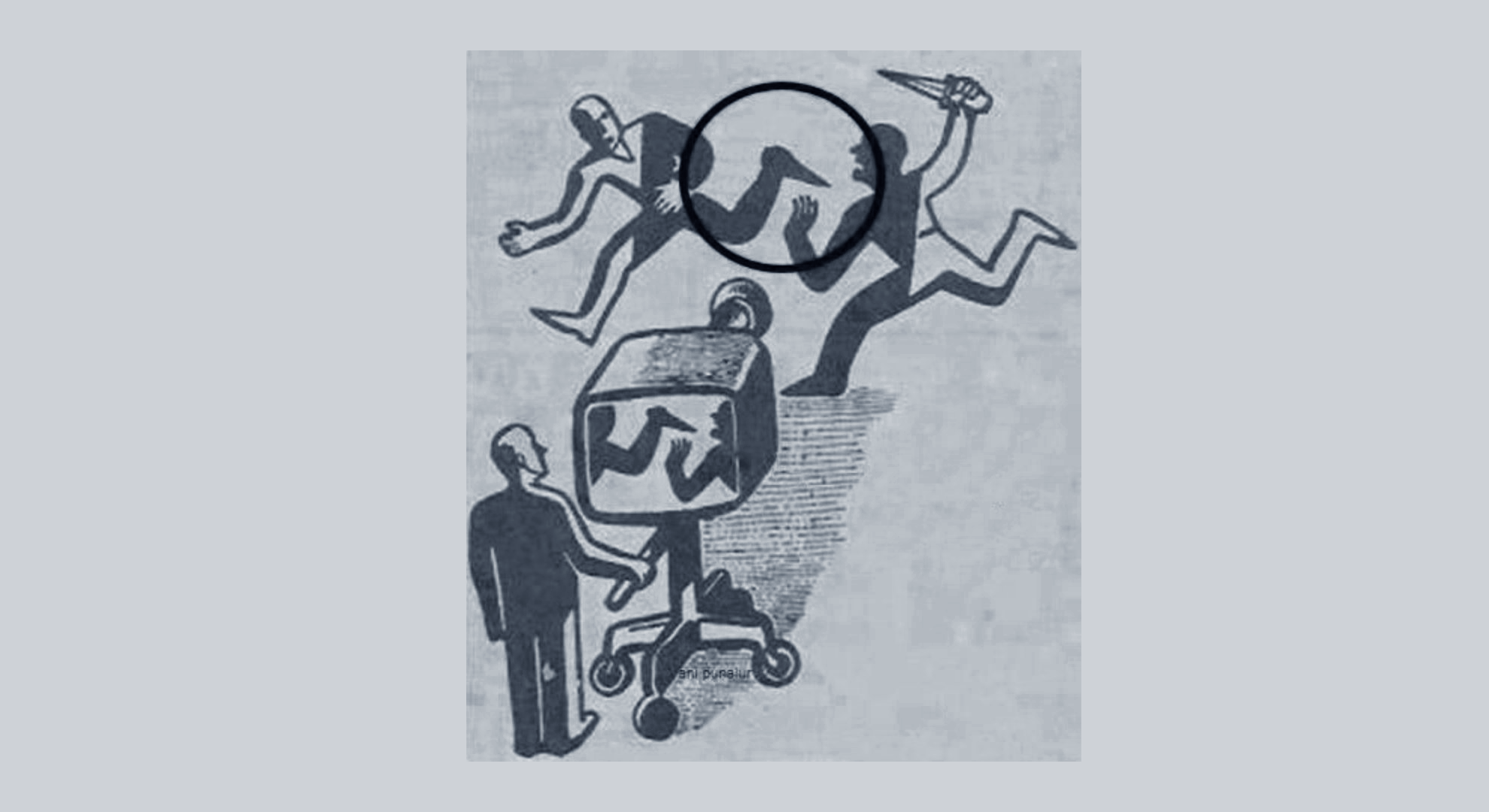False Neutrality: Center for Democracy and Technology Admits ‘Political Orientation’ of Censorship Partners Cannot Shift
The keystone of the censorship industry’s branding operation is its claim to be is non-partisan. It doesn’t censor particular viewpoints – it censors “disinformation.” It doesn’t persecute its political opponents – it monitors “extremists.” It doesn’t interfere in elections on behalf of particular parties or candidates – it simply defends “election integrity.” Every major censorship…
Read article









